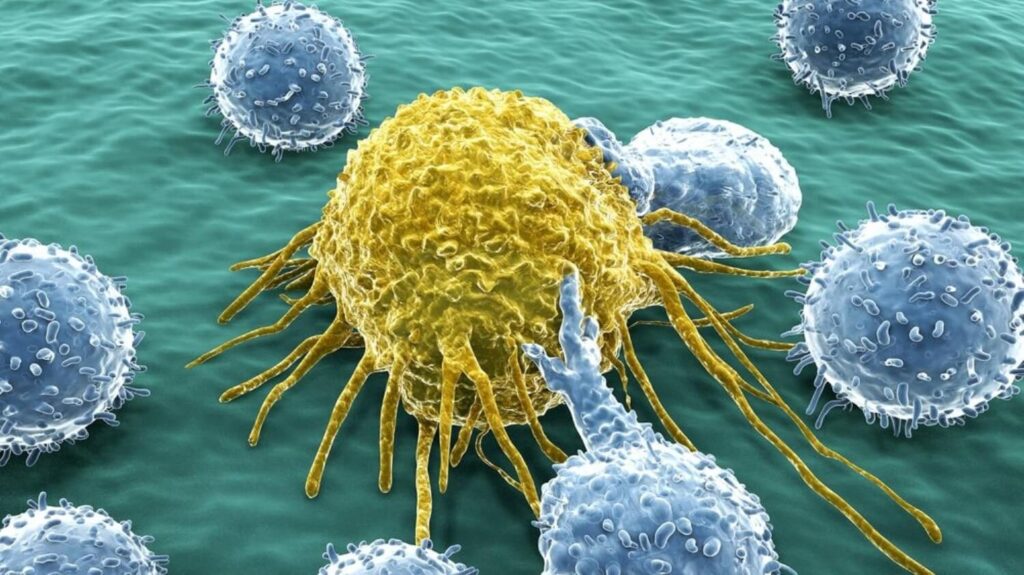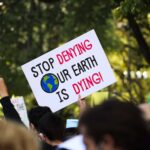From California to Puerto Rico, research and lived experience show how extreme weather events, fuelled by a warming planet, are making cancer treatment harder, riskier and in some cases deadlier.
In California, a recent study found cancer patients were more likely to die if they were exposed to wildfire smoke within a year of diagnosis. In Spain, floods caused by Storm Gloria in 2020 forced over a hundred cancer patients to cancel radiotherapy sessions. And after Hurricane Katrina, researchers at the University of Michigan linked higher death rates to disruptions in care.
These examples point to a growing concern: climate change is adding another layer of risk for people already fighting one of the world’s most devastating diseases.
Disrupted care
Cancer treatment depends on precision and timing. Yet floods, storms and heatwaves often cut off supply chains and destroy infrastructure. When Hurricane Maria struck Puerto Rico in 2017, it destroyed one of the United States’ main suppliers of intravenous fluids. The result was widespread shortages across hospitals.
Doctors say this shortage affected not just routine surgeries but also cancer treatments, where saline and anesthetics are crucial for chemotherapy and tumor removal. After the same hurricane, nearly 70% of brachytherapy treatments, a form of radiation, had to be cancelled. In Mexico, a powerful earthquake delayed cancer surgeries by more than three weeks.
The problem goes beyond equipment. Extreme weather can prevent patients from even reaching hospitals. Treatments like radiotherapy depend on electricity, which is often the first casualty when storms bring down power lines.
Wider health threats
Cancer care is not the only casualty. More frequent hurricanes and floods also reduce blood donations, which are critical in many treatments. In the United States, a quarter of donated blood goes to cancer care. Severe winters and storms have already led to shortages in hospitals.
Heat is another invisible threat. Many cancer drugs are highly sensitive to temperature, making them unsafe to use if not stored properly. Patients in hotter, poorer countries are most at risk as they may lack reliable refrigeration. Even wealthy nations can feel the ripple effect if supplies come from hotter regions.
Wildfires are also creating fresh cancer risks. Smoke from burning buildings releases toxic chemicals from paint, plastics and electronics. Firefighters already know the cost: cancer accounts for seven out of ten deaths in the profession.
A call for resilience
Experts say there are solutions. Hospitals can adopt disaster plans, protect records electronically and develop backup systems for floods and power outages. Training health professionals on climate impacts is also becoming essential.
Some survivors argue that rebuilding with renewable energy is crucial, since solar and wind are less vulnerable to power cuts caused by storms.
The evidence is clear. As the climate crisis deepens, so does the threat to cancer care. Protecting health systems from extreme weather is no longer optional. For millions of patients, it could be the difference between life and death.










